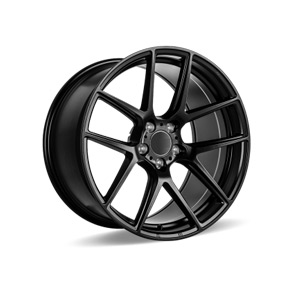Understanding the Functionality and Importance of the Slave Cylinder in Hydraulic Systems
The Importance of Slave Cylinder Lines in Automotive Systems
In the landscape of automotive engineering, the slave cylinder line plays a crucial role in hydraulic systems, particularly in vehicles equipped with manual transmission. Understanding its function and significance is essential for both automotive professionals and car enthusiasts alike.
The slave cylinder is a crucial component of the clutch system, working in tandem with the master cylinder to facilitate smooth gear transitions. When a driver presses the clutch pedal, it generates hydraulic pressure in the master cylinder. This pressure is transferred through a line—commonly referred to as the slave cylinder line—leading to the slave cylinder. Upon receiving the hydraulic pressure, the slave cylinder activates the clutch mechanism, allowing the driver to change gears seamlessly.
Construction and Functionality
The slave cylinder line is typically made of durable materials such as rubber or high-pressure steel to withstand the demanding environment of an automotive engine bay. The line must also be resistant to temperature fluctuations and potential corrosive elements present in the engine compartment. Any weaknesses or failures in this line can lead to significant issues in the clutch operation, including the inability to engage or disengage the clutch.
The operational efficiency of the slave cylinder line is paramount. It needs to be free from air bubbles, which can introduce hydraulic pressure loss, leading to spongy pedal feel or clutch slippage. Regular maintenance checks can help detect leaks or wear that might compromise the integrity of the line, ensuring that the vehicle remains responsive and safe to drive.
Troubleshooting and Maintenance
slave cylinder line

Common issues associated with the slave cylinder line can manifest in several ways. Drivers may notice difficulty in changing gears, an unusual increase in clutch pedal effort, or, in some cases, a complete failure of the clutch. If left unaddressed, these problems can escalate, leading to further damage to the transmission system and increased repair costs.
To troubleshoot these issues, mechanics often start by inspecting the slave cylinder line for visible signs of wear, leaks, or disconnection. It is also crucial to check for any air in the hydraulic system, as this could indicate problems with the master cylinder or the line itself. Bleeding the system to remove air and refilling with hydraulic fluid can often rectify minor issues.
Innovations and Future Developments
As automotive technology continues to evolve, the design and materials used in slave cylinder lines are also improving. Innovations in materials science have led to the development of hoses that are lighter, more flexible, and more resistant to wear and tear. Synthetic fluids that can withstand higher temperatures and pressures are also becoming more commonplace, enhancing the performance of hydraulic systems.
Moreover, with the rise of electric vehicles and advanced automated transmission systems, there's an ongoing exploration of how traditional components like the slave cylinder will adapt. While these advancements may eventually lead to a reduced role for conventional slave cylinder systems, understanding their operation remains valuable.
Conclusion
The slave cylinder line is a critical yet often overlooked component of the automotive hydraulic system. Its role in the effective operation of the clutch is essential for driving performance and safety. Regular maintenance and timely troubleshooting can help prevent failures that might compromise a vehicle's drivability. As technology advances, the principles governing these hydraulic systems will continue to inform future developments, ensuring that the understanding of components like the slave cylinder line remains relevant in the automotive industry.
-
Upgrade Your Control with Premium Throttle CablesNewsAug.08,2025
-
Stay in Control with Premium Hand Brake CablesNewsAug.08,2025
-
Experience Unmatched Performance with Our Clutch HosesNewsAug.08,2025
-
Ensure Safety and Reliability with Premium Handbrake CablesNewsAug.08,2025
-
Enhance Your Vehicle with High-Performance Clutch LinesNewsAug.08,2025
-
Elevate Your Ride with Premium Gear CablesNewsAug.08,2025
